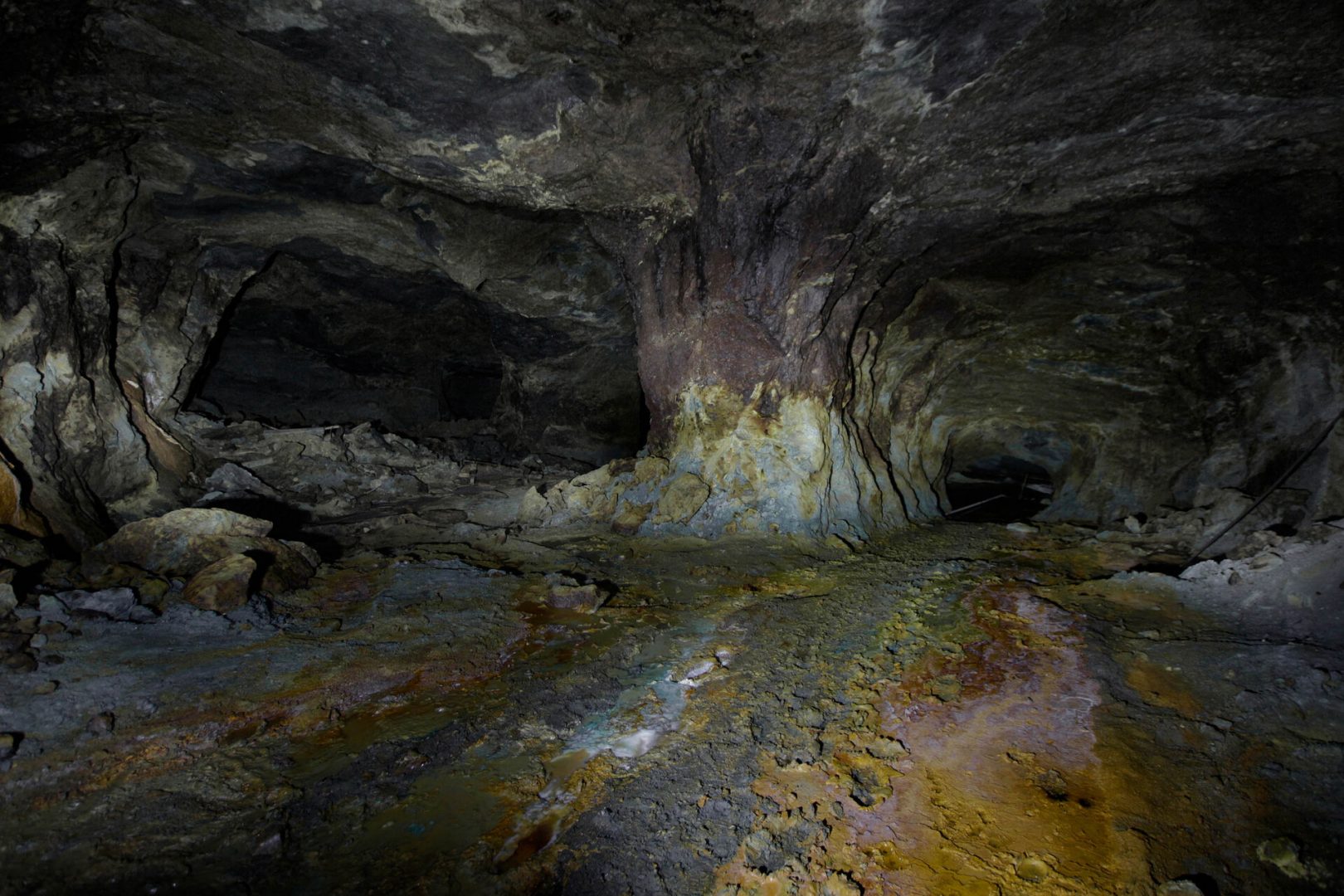Jussi Sorjanen
Theater Director of Teater Viirus
Jussi Sorjanen is the art director and theater director of the ensemble theater Teater Viirus. Previously Sorjanen has worked at Lahti theater Vanha Juko and the city theatre in Kajaani. Sorjanen describes his relationship with arts as shaky:
“I come into contact with art relatively rarely, but the encounters are intense. For me, Fine Art is condensing, giving form to something unspeakable. Good art nails and magnetizes. It’s hard to walk away from such a piece. You often have to go back and watch it again.”
The bundle of five works chosen by Sorjanen is based on his own strong way of experiencing.
“There is something extremely intense in all of these for me. They comment on, study or reimagine nature and our relationship to it. In some works nature is inside humans and in others it’s around them. In some, humans have shaped nature, while in others, people and nature are seen as part of the same world.”


Seasons of AX: The Wondrous living
A painting of the national landscape, a piece of spatial art in Helsinki’s urban landscape, “hiidenkirnut” in the suburbs, a breathtaking view in the archipelago – nature is a work of art in itself. Nature offers endless inspiration and material as a starting point for making art – what do art and nature mean to you?
Jussi Kivi, Hylätty kuparikaivos, jokseenkin ikuinen myrkkyvuoto, 2016 (Photographer: Jussi Kivi)
Jussi Kivi: Hylätty kuparikaivos, jokseenkin ikuinen myrkkyvuoto, 2016
Abandoned Copper Mine, Something Like an Eternal Toxic Spill
The Maanala exhibition at Amos Rex is a strong dive into the world beneath our feet. Most of the works could be under the theme title “Curious death”. Jussi Kivi’s black and white photographs of an abandoned copper mine were particularly interesting. Humans and nature travel in different time perspectives; what has been formed over millions or billions of years can be transformed in a few moments into another, permanently. However, Kivi’s photographs do not preach. They show, educate and state.
Other highlights of Maanala’s nature for me were e.g. Per Wizén’s Blue Hunt (2022), Anna Estarriola’s Resonance (2019) and Mariel Neudecker’s Over and Over, Again and Again (2004). In Amos Rex, you can also see the private collection of Sigurd Frosterus, which contains several works, e.g. From Magnus Enckell.
Niskanen & Salo: A Scene II, 2021 (HAM)
Most museums and galleries close around sunset, but this one doesn’t open until an hour after sunset. This one of the freshest and funniest public works of art in Helsinki is located in Kaivopuisto. To experience the A Scene II work by artist duo Mark Niskanen and Jani-Matti Salon, you need a smartphone and headphones. The music playing on headphones shapes based on the movements of the sea marks off Helsinki. It is constantly changing and literally at the mercy of the weather.
Anni Puolakka (Kiasma: ARS22)
Anni Puolakka is one of the most interesting contemporary artists in Finland. Puolakka works with performance, video and installation art. Her work has been seen in numerous key museums and galleries in Finland and around Europe.
At Kiasma’s ARS22 exhibit Puolakka’s work focuses on horses and her relationship with them (Oestrus). She also focuses on Toxoplasma Gondii -parasites (From the Heart), which destroys humans.
Oestrus consists of sculptures, paintings and a video work. The amalgamation of horse and human is a fascinating and playful piece of work, of which undertone will be remembered for a long time. The heart is a carnivalesque video installation that can be seen in a small tent in an unusual way. In the video the Toxoplasma Gondii parasite destroys people from the inside.
At ARS22 exhibit, I would highlight Laure Prouvost’s From the Depth of Our Heart To the Depth of The See and Jenna Sutela’s I Magma.
Vallisaari island
Of the many islands in Helsinki, Vallisaari is one of the most fascinating. The first human structures intended for military use were built in 1554. The island has a rich history due to its military purpose. In 2016, the island was opened to the public, although part of the island is still closed for security reasons. More than 70 endangered, watchable or habitat directive species have been found on the island, which is full of old military buildings, fortresses and ruins.
In 2021, the island’s nature and buildings got a new context; the Helsinki Biennale organized for the first time was held on Vallisaari. Many considered the Biennale a very successful event. In all the reviews I read, as well as in my own experience, one thing was repeated: the artworks were strong, but the most amazing of all the works was Vallisaari itself.
Address:
Vallisaari island
The island on the southeast side of Suomenlinna, Helsinki. The ferry to the island leaves from the market square at Eteläranta, 00170 Helsinki
Halosenniemi
Pekka Halonen (1865-1933) is one of the most significant Finnish painters. In addition to his works he left behind a studio home worth visiting, Halosenniemi. It’s built from huge logs on the shore of lake Tuusulanjärvi. Located just half an hour’s drive from Helsinki, Halosenniemi is worth experiencing, especially on a sunny day, because the light pouring in from the studio windows beats … well, most lights I’ve seen.
Two things need to be mentioned about the vicinity of Halosenniemi; Road called Rantatie is a significant concentration in terms of Finnish cultural history. The composer Jean Sibelius, the writer Juhani Aho, the poet J.H. Erkko, and the painters Eero Järnefelt, Gösta Enckell and Venny Soldan-Brofeldt, who formed the core of the so-called Tuusulanjärvi artist community lived by that road.
One of Finland’s most peculiar events, the interdisciplinary chamber art festival Meidän Festivaali, is organized near Rantatie road at the end of July.
